Is My Home in A Flood Zone? Facts & FAQ
-
Pete Ortiz
- Last updated:
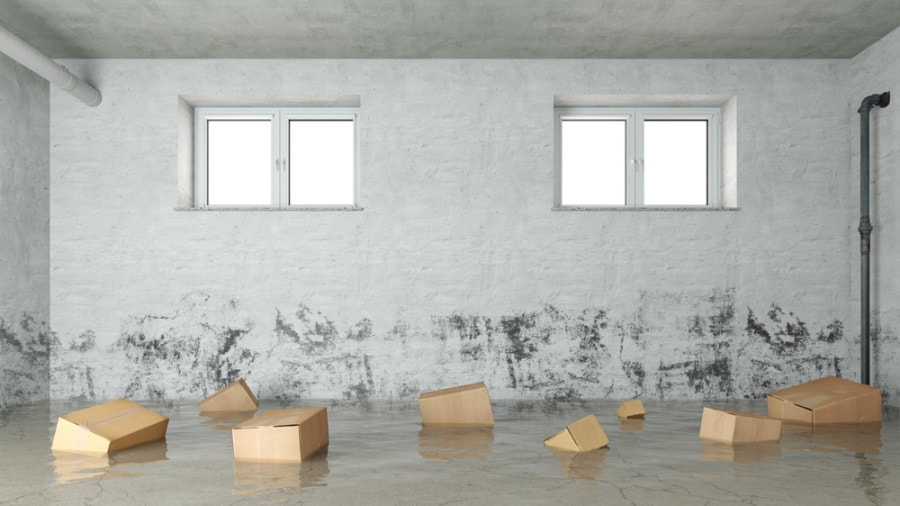
With prices at all-time highs, your home has likely never been more valuable, and insurance has never been more critical. Though it is rarely the pressing concern when shopping for coverage, flood insurance is becoming increasingly meaningful for more homeowners.
The Federal Emergency Management Agency (FEMA) counts approximately 13 million homes in high-risk flood zones, while other studies estimate as many as three times that amount. And the numbers will only increase, thanks to climate change. A U.S. Government Accountability Office study found that properties with repeated flood events increased by 43% from 2009 to 2018.
It only takes a few inches of water to cause tens of thousands of dollars in property damage. We’ll help you learn to identify and manage your flood risk with this breakdown of how to find out if your home is in a flood zone.
 Is My Home in a Flood Zone?
Is My Home in a Flood Zone?
FEMA works with the National Flood Insurance Program (NFIP) to assess flood risks and update flood maps across the nation.
- Insurance companies that need to set appropriate rates
- Mortgage lenders and government backers protecting their investments and mandating insurance for high-risk flood areas
- Property owners taking individual flood-mitigation steps and buying flood insurance
- Developers and planners deciding on safe building locations
- Communities that educate homeowners and establish flood-mitigation programs
- Local governments setting zoning and building code rules
Every home has some risk of flooding, and each exists in a zone. Flood zones carry different labels according to the flood threat.
- Zone A: High-risk flood zone or special flood hazard area (SFHA)
- Zone B (shaded): Moderate-risk flood zone
- Zone C (un-shaded): Low-risk flood zone
- Zone D: Undetermined flood risk
- Zone V: High-risk flood zone (SFHA) in coastal areas with additional storm hazards
- Zone X: New designation for zones B and A
Zone A and Zone V indicate areas with a 1% annual chance of flooding, referring to it as the base or 100-year flood. FEMA expects homes in zones A or V to experience a significant flood within 100 years, giving them a 25% chance of experiencing an event during a 30-year mortgage.
Zone B (or Zone X on newer maps) is an area with a 0.2% chance of flooding (500-year floods). Zone C is an area at a higher elevation with less than a 0.2% chance of flooding.
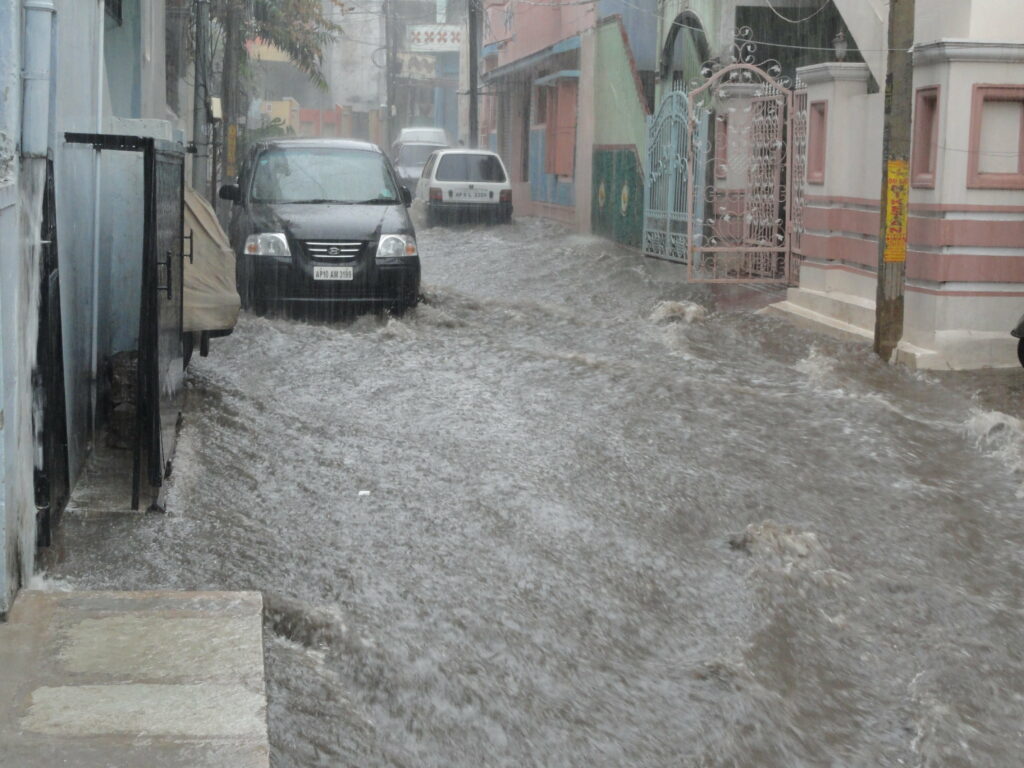
How to Find Out If My Home Is in a Flood Zone
You can find your flood zone by using FEMA’s Flood Map Service Center. Enter your address or general location information, and the system will load your area flood map or Flood Insurance Rate Map (FIRM).
Various shading will indicate flood threat levels across your chosen area, floodplains, base flood elevations, flood-mitigation structures, and other critical boundaries. Use the NFIP glossary to help determine the zone designation for your location.
Your community likely participates in the NFIP if it includes an SFHA. Participating communities enjoy access to NFIP insurance policies and federal disaster relief in exchange for compliance with floodplain management regulations. You can find out if you live in an NFIP area by contacting a property insurance agent.
Do I Need Flood Insurance?
Homes in Zones A and V need flood insurance if they are on a federally regulated or backed mortgage in an NFIP community. It is generally a requirement if you received federal disaster relief for your home or business and want to remain eligible for future assistance. The average cost is roughly $700–$800, but insurance in high-risk areas typically exceeds $1,000.
Your mortgage company may still make you purchase insurance if you live outside a high-risk area. For instance, a reduced-risk location with levee protection can still create concern for lenders. Zone D might also carry uncertainty that affects insurance rates and requirements.
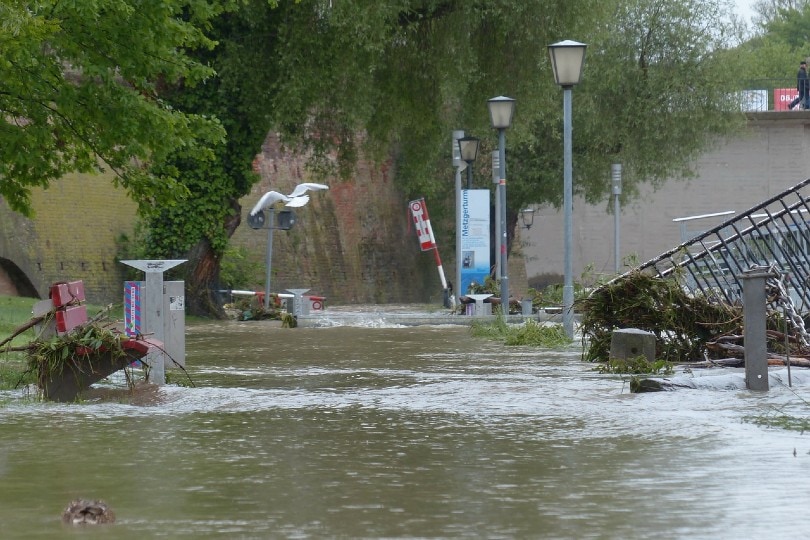
Why You Should Buy Flood Insurance
Many experts recommend buying flood insurance even if you fall outside a high-risk area. According to FEMA, 40% of flood insurance claims came from low–moderate-risk flood zones. Insurance is cheaper in lower-risk areas, often running less than half the cost of coverage for a high-risk area. A single inch of water can cause over $25,000 in damage, so maintaining it alongside your standard homeowner’s policy can be crucial if disaster strikes.
Private insurers may also be open to providing flood insurance if you have never had a flood claim. Though it can be riskier to sign on with a non-NFIP provider, they can often deliver higher levels of coverage at lower prices.
How to Lower Flood Insurance Costs
The NFIP updated the way it determines individual flood insurance rates in 2022 when Risk Rating 2.0 went into full effect. The new system replaces the old FIRM method of lumping houses into general insurance categories based on location.
- Home construction and foundation
- Elevation
- Replacement cost
- Distance to water
- Frequency and severity of assorted flood types (heavy rain, river overflow, storm surge, etc.)
With a lower risk of flood damage, insurers will be more generous with pricing. If you have to get insurance through the NFIP, you have several options to reduce your premiums, including:
- Elevating utilities (electric panels, HVAC systems, water heaters) above your home’s base floor elevation
- Obtaining an elevation certificate for your home
- Installing flood openings to drain water from the structure
- Filling in your basement or crawlspace
- Raising your deductible
Going a step further, you can encourage your local area to participate in the Community Rating System (CRS). Communities achieve CRS status by taking necessary steps to significantly reduce the risk of flooding, making them eligible for a community discount on insurance.
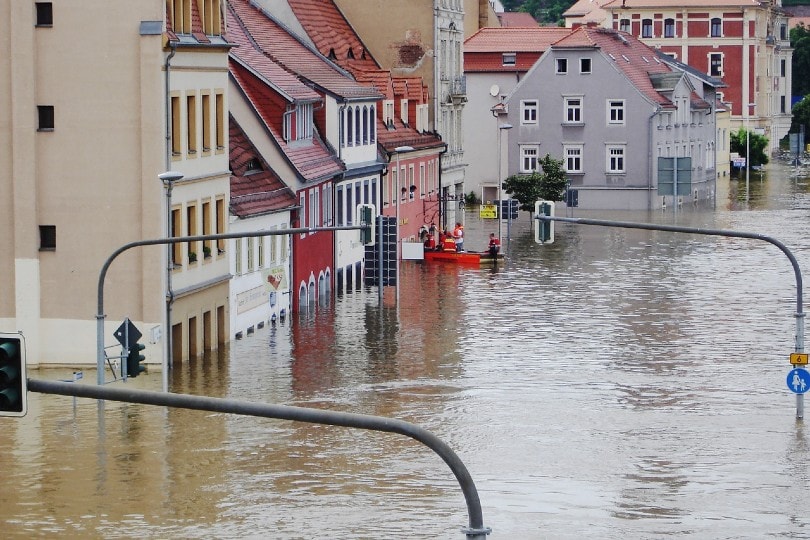
Flood Map Changes
FIRMs are subject to change. FEMA regularly updates flood maps according to several variables, including:
- Changes in weather patterns
- New construction and flood-mitigation measures (e.g., dams, levees)
- Topographical changes
FEMA must review a community’s flood zones once every 5 years. Communities receive updates before they take effect, giving residents a chance to ask questions, submit comments, and potentially protest changes. You can track changes in your area with FEMA’s Flood Map Changes Viewer.
What Happens if My Flood Zone Changes
Flood zone changes can have a positive or negative impact on homeowners. A high-risk to low-risk transition will make insurance cheaper and likely optional. But a low-risk to high-risk or high-risk to higher-risk change will raise rates and potentially create more hurdles in selling your home.
No federal law requires sellers to disclose flood risks, but most states enact laws protecting homebuyers. Regardless of where you’re looking to settle down, take the safe route by educating yourself on your new home’s zone before buying.
Flood zone changes can inconveniently blindside residents having to budget for new insurance. To help new high-risk homeowners, the NFIP provides a graduated rating plan (Newly Mapped Procedure). Owners can begin with the low-cost Preferred Risk Policy, the same plan available for low-risk zones, in the first year. Rates then increase by 18% annually until they reach the normal amount.
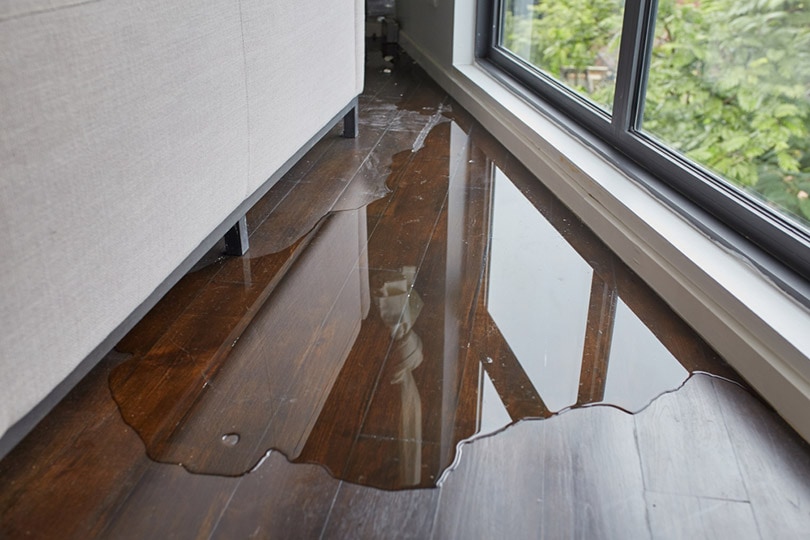
Can I Change My Flood Zone?
If you feel your home is not in a flood zone, you can appeal to FEMA. A surveyor will need to inspect the home’s elevation and construction and issue an elevation certificate. When you have your EC, you can submit a Letter of Map Change (LOMC) to FEMA to revise the decision.
Upon approval, FEMA will submit a Letter of Map Amendment (LOMA) or Letter of Map Revision Based on Fill (LOMR-F). Your revision will appear in the FMSC for your area.
Maintaining adequate flood insurance and taking the necessary steps to reduce your flood risk is crucial throughout this process. Your rates and property value may improve if you successfully change your zone, but insurance will make your home sale easier no matter where you live.
Homebuyers can account for the added assurance when you show them the actual cost of coverage, giving them more peace of mind even if you are in a high-risk area. Flood maps are constantly changing. Being proactive and compliant will ensure you can take advantage of grandfathered coverage and lower rates.
Final Thoughts
Early action is critical if you live in a flood zone. If your home has never had a flood, review the changes to your flood map, and start shopping for insurance. Adding coverage before the risk increases will keep your rates as low as possible and provide life-saving relief when a devastating flood occurs. Check your flood zone, talk to your insurer, and take steps to protect your home and family today.
Featured Image Credit: obert Kneschke, Shutterstock
Contents

 Is My Home in a Flood Zone?
Is My Home in a Flood Zone?
